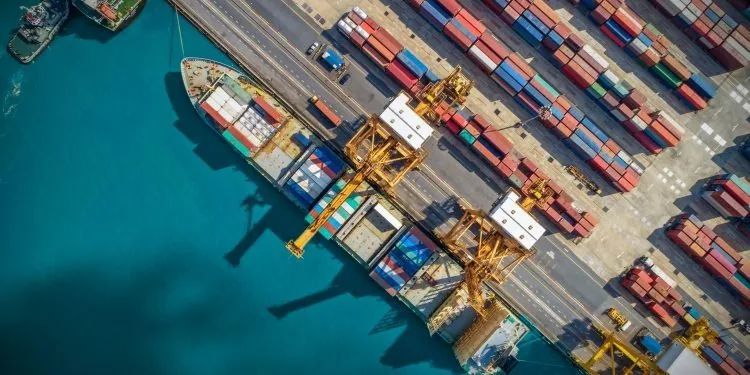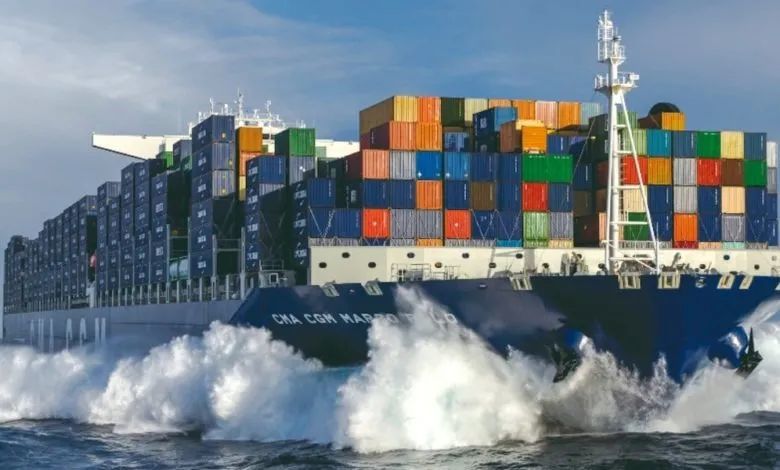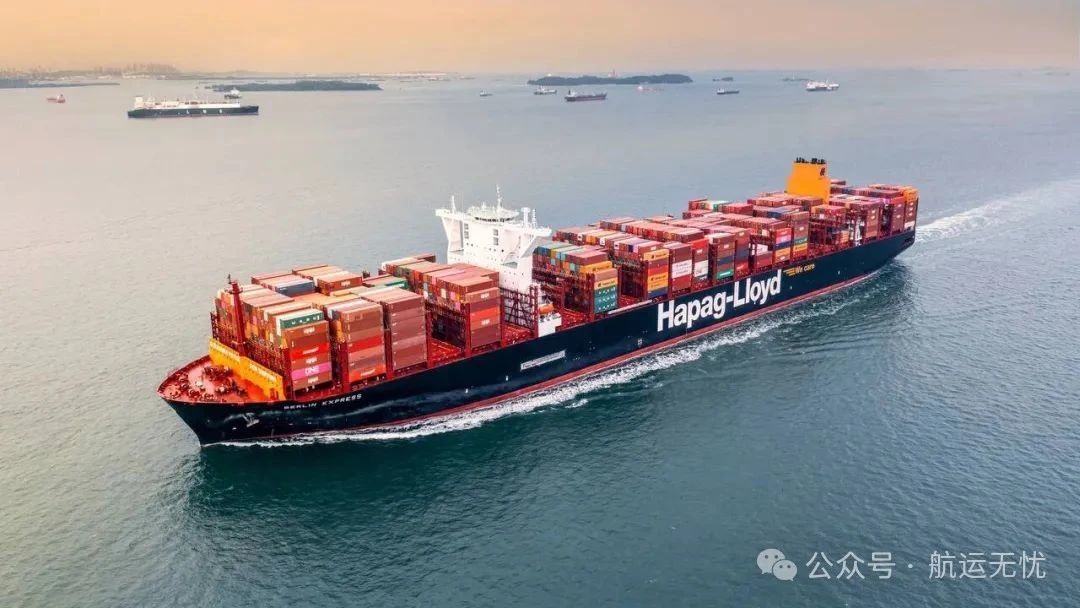Customs Clearance Instructions for Import and Export Goods of the United States
Aug 16,2024
1. import
Imported goods can enter the United States only after customs clearance. Goods that arrive directly into the foreign trade zone (I. e. bonded zone) do not go through customs.
(I) Importer
The United States allows individuals to import goods for their own use or commercial use and to go through customs formalities. Importers are responsible for ensuring that their goods comply with all import requirements (e. g., are reasonably marked, meet safety standards, obtain the necessary import permits before the goods arrive in the United States, etc.). The importer's number must be filled in on the customs declaration, and the business registration number of the Internal Revenue Service may be filled in. If the importer has not registered with the Internal Revenue Service or is an individual import, the social insurance number shall be provided.
(II) declarant
Imported goods shall be subject to customs clearance by their owners, purchasers or customs agents. If the goods are delivered to the "designated person", the person holding the sea bill of lading (or air waybill) endorsed by the consignor shall have the right to go through the customs formalities. The most common situation is that the customs clearance is handled by a person or company (I. e., "owner" in the customs sense) holding an owner's certificate ("certificate issued by the carrier") issued by the carrier carrying the goods to the port of entry. In some cases, a copy of the bill of lading or a shipment receipt may be used for customs clearance. If the goods are not imported by a common carrier, customs clearance is made by the importer or his agent holding proof of ownership of the goods.
(III) goods arrive at port
When the goods arrive at the port, the customs does not notify the importer, and the carrier shall generally notify the importer. The legal importer (I. e. the owner, the buyer, the owner or the customs agent or consignee designated by the buyer) shall go through the customs formalities at the place of entry and coordinate the inspection and release arrangements. If you want to go through customs quickly, you can make a pre-declaration before the arrival of the goods, but the customs will not give permission to release the pre-declared goods before they arrive at the port.
(IV) declaration method
1. Electronic declaration
Submit an electronic declaration through the U.S. Customs and Border Protection's Automated Commercial System (ACS).
2. Paper declaration
Submit a paper declaration at the designated place of Customs and Border Protection.
(V) customs declaration steps
1. One-stage customs declaration
Within 15 days from the date of arrival of the goods at the U.S. port, the following customs documents shall be submitted to the designated place of the U.S. Customs and Border Protection for inspection, and the customs shall guarantee the release after determining that the conditions for release are met:
-Entry manifest (Customs and Border Protection 7533 form), immediate delivery application form and license (Customs and Border Protection 3461 form) or other forms required for cargo inspection and release
-Import declaration certificate
-Commercial invoice (Proforma invoice is provided when there is no commercial invoice)
-Packing list (when required)
-Other documents used to determine the entry of goods
-Tax guarantee certificate (the owner can either provide a guarantee through a local guarantee company in the United States, deposit a deposit in U.S. currency, or provide a U.S. government guarantee. In the case of customs declaration through an agent, the owner can also use the agent's guarantee with the agent's permission)
If the goods are not declared within the prescribed time limit, the customs will be transferred to the waiting warehouse as unclaimed goods (General Order Warehouse), and the importer shall bear the storage costs of the goods during the storage period in the waiting warehouse. If the goods remain unclaimed (declared) after 6 months in the waiting warehouse, they will be auctioned or destroyed. Perishable and perishable goods and explosives are sold within a shorter period of time.
2. Two-stage customs declaration
Within 10 working days after the release of the goods guarantee, the owner or his customs agent shall submit the following documents to the designated customs, declare the information required for taxation and trade statistics, and pay the estimated tax:
-A phase of customs clearance documents returned to the importer, customs broker or his agent after the goods are inspected and released.
-Phase II Customs declaration (Customs and Border Protection 7501 form)
-Customs duties, trade statistics, other documents required to demonstrate that the goods have met all import requirements (in the case of electronic customs clearance through customs clearance agents, I .e. through the "automated customs clearance agent interface" of CBP's automated commercial system, the above-mentioned paper documents may only need to be provided in part or not at all)
At this stage, the importer must declare the duty-paid price of the goods, but the declared duty-paid price must be determined by customs examination. The customs value is generally determined by the following methods:
The transaction price method is the most important method of valuation. The transaction price is the price paid or payable by the buyer for the imported goods. Other factors may also be included in the transaction price, such as packaging costs, sales commissions, copyrights or royalties.
When the transaction price cannot be determined, the same goods transaction price method is used.
If it is not possible to find the same goods as the goods being valued, or if it is not possible to determine an acceptable transaction price for the same goods as the goods being valued, the similar goods transaction price method is used. Similar goods are goods produced by the same manufacturer in the same country as the goods being valued and interchangeable with the goods being valued.
The same or similar goods must have been exported to the United States at or about the same time as the goods being valued are exported to the United States.
The importer must fill in the commodity code of the goods at the time of declaration. The U.S. Harmonized Tariff, issued by the U.S. International Trade Commission, provides for the classification of different products by product type (e. g., animal products, plant products, textile fibers, textile products, etc.).
At the time of customs declaration, the importer shall pay estimated customs duties and other taxes. The applicable tariff rates are ultimately determined by Customs. The tariff rate of each commodity depends on its classification code. Goods under the same code may be subject to different tax rates (general tax rate, preferential tax rate, zero tax rate, etc.). Tariffs are generally ad valorem, I .e. levied as a percentage of the duty-paid price of imported goods. Certain goods are subject to a specific duty (in parts, litres, kilograms, etc.). Some goods are subject to a compound tax (a combination of ad valorem and ad valorem taxes).
(VI) on cargo inspection and document review
Through the inspection of the goods and the examination of the documents, the customs shall determine the following conditions:
-Customs value of goods
-Whether the goods need to be marked with the country of origin, whether special marks and labels need to be applied, and whether the marks are correct
-Whether there are prohibited items in the goods
-Whether the invoice is issued in the correct way
-Whether the goods are overloaded and short, which does not match the invoice.
-Whether there are illegal narcotics in the goods, etc.
The legal importer (I. e. the owner, purchaser, customs agent or consignee designated by the owner or purchaser) shall coordinate and arrange the inspection of the goods so that the Customs can determine whether the single goods match.

2. export
(I) declarant
According to the provisions of the U.S. Export Administration Regulations, the owner (consignor) is the legal exporter, if the owner entrusts the freight forwarder to handle the export customs clearance procedures, in case of problems, the owner shall bear the responsibility.
(II) export goods declaration
When the goods are exported, they must go through customs formalities, fill in the export document information comprehensively and accurately, and submit the relevant documents according to the customs requirements, otherwise the goods may be detained and confiscated, and the owner may be fined, audited by the government or negatively notified. The following documents shall generally be submitted for inspection at the time of export:
1. "Shipper Export Declaration Form" (since March 2009, the "Shipper Export Declaration Form" has been replaced by "electronic export information". The information originally required by enterprises to fill in the "Shipper Export Declaration Form" must now be submitted to the U.S. Customs and Border Protection Agency through the "Automated Export Clearance System" or directly entered into the system)
2. Commercial documents required for customs clearance (e. g. contracts, commercial invoices, bills of lading, waybills, packing slips, insurance policies, cargo manifests, etc.)
3. Declaration of destination control
4. Transport (transhipment) documents
5. Approvals, permits, certifications and/or licensing documents for the export of restricted goods
6. Information on the calculation of customs taxes and export tax rebates.
7. Other documents

(III) export documents and record retention period
The exporter shall keep all export documents and records for 5 years from the date of export. The Bureau of Industry and Security of the U.S. Department of Commerce and the U.S. Customs and Border Protection will verify export documents and records when needed. If the exporter cannot provide them at that time, he may be summoned.
For each shipment, U.S. export law requires the exporter and all parties involved in the export process to maintain the following documents and records:
1. Application for approval and license
2. Application for International Import Certificate
3. International Import Certificate
4. Delivery confirmation certificate or similar delivery certificate
5. Air waybills, sea waybills, terminal receipts, simplified bills of lading issued by carriers and other export customs clearance documents.
6. Memoranda, Records, Letters, Contracts, Invitation to Bid, Proforma Invoices
7. Customer Purchase Order
8. Packing List
9. Commercial Invoice

Make global trade unimpeded
Contact Phone


Contact Us
Copyright ©Guangzhou Hongdex International Logistics Co.,Ltd
Hotline: 020-84608598
Whatsapp: 18027165010
QQ:2853396538
Email: 2853396545@qq.com
We will provide you with timely feedback











